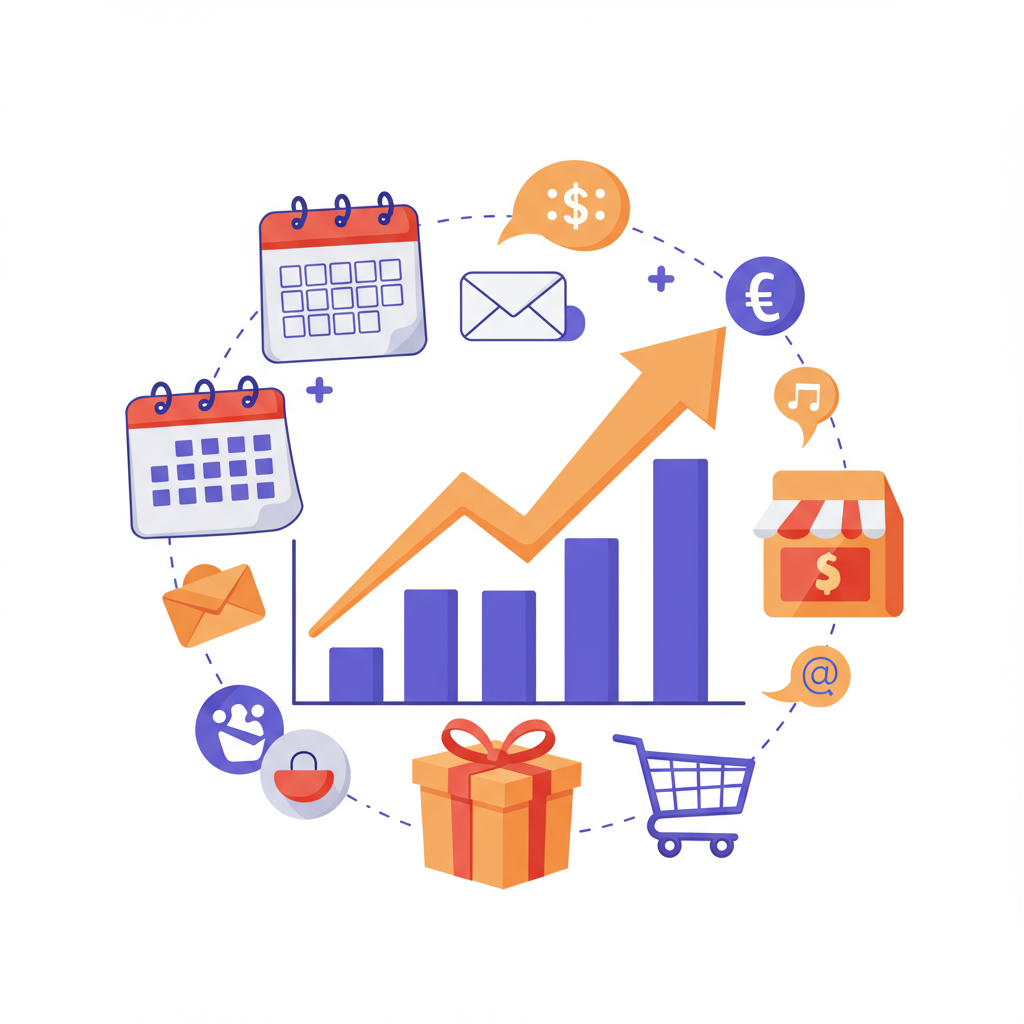Unlock higher customer lifetime value and recurring revenue by strategically upselling your subscription offerings.
As a Shopify merchant, I’m constantly looking for ways to maximize the value I get from my existing customer base.
One of the most powerful strategies in our arsenal, especially for businesses with recurring revenue models, is the art of subscription upsells.
It’s not just about acquiring new subscribers; it’s about nurturing our current ones to increase their average order value and, crucially, their lifetime value.
Today, I want to share with you some of the most effective techniques I’ve learned and implemented to encourage our customers to upgrade their subscriptions.
First, let’s understand why upselling is so vital. It’s significantly more cost-effective to sell more to an existing customer than to acquire a new one.
Upselling also deepens customer loyalty, as they become more invested in our products or services.
Our goal is to move customers from a basic subscription tier to a premium one, or to add more products and services to their existing plan.
The foundation of any successful upsell strategy lies in truly understanding our customers.
We need to segment our audience based on their purchasing behavior, engagement levels, and the specific products they currently subscribe to.
This allows us to tailor our upsell offers to be highly relevant and appealing.
One of the most straightforward techniques we employ is tiered pricing. We offer different subscription levels – for example, a ‘Basic,’ ‘Standard,’ and ‘Premium’ plan.
Each tier provides increasing value, whether it’s more product quantity, exclusive access, faster shipping, or additional features.
We clearly articulate the benefits of each tier, making the ‘Premium’ option look like an undeniable value proposition compared to the ‘Standard’ one.
Another highly effective method is bundling. We identify complementary products or services that would enhance the customer’s current subscription experience.
For instance, if a customer subscribes to our coffee bean delivery, we might offer a discounted coffee grinder or a special mug as an add-on to a higher-tier subscription.
These bundles are presented as a way to get more value for a slightly higher monthly fee, rather than just spending more money.
Exclusive content or benefits are also powerful motivators. We reserve certain perks, like early access to new products, members-only webinars, or personalized consultations, for our higher-tier subscribers.
This creates a sense of exclusivity and FOMO (Fear Of Missing Out) for those on lower plans.
Loyalty programs specifically designed for subscribers can also drive upgrades. We reward customers for their continued loyalty, perhaps with a discount on an upgrade after a certain number of billing cycles.
Personalized recommendations are key. By leveraging data on a customer’s past purchases and browsing history, we can suggest upgrades that genuinely align with their interests and needs.
Shopify apps can be incredibly helpful here, automating these recommendations based on sophisticated algorithms.
Limited-time offers or flash sales for upgrades create urgency. We might send an email to our ‘Basic’ subscribers offering a significant discount on an upgrade to ‘Standard’ for the next 48 hours.
This encourages immediate action and prevents procrastination.
Post-purchase upsells are also crucial. Immediately after a customer subscribes to a basic plan, we present an offer to upgrade to a higher tier or add a complementary product at a special one-time price.
This leverages the customer’s buying momentum.
Our email marketing campaigns are meticulously crafted to highlight the benefits of upgrading. We don’t just push the upgrade; we tell a story about how the higher tier solves more problems or provides greater convenience.
We use compelling visuals and clear calls to action.
On-site prompts and in-app notifications (if applicable) are strategically placed to remind customers of the value they could be getting.
A small banner or a pop-up might appear, gently nudging them towards an upgrade.
We also train our customer service team to identify upsell opportunities during support interactions. If a customer calls with a question, our team is equipped to suggest how a higher-tier subscription could better meet their needs.
It’s about being helpful, not pushy.
A/B testing is non-negotiable for us. We constantly test different messaging, pricing structures, and offer presentations to see what resonates best with our audience.
This data-driven approach ensures we’re always optimizing our upsell funnels.
Analyzing our data regularly helps us understand which upsell techniques are performing best and which customer segments are most receptive to upgrades.
We look at conversion rates, average revenue per user, and churn rates for different tiers.
Educating our customers about the true value of an upgrade is paramount. Sometimes, customers don’t realize what they’re missing out on.
We create content – blog posts, videos, FAQs – that clearly outlines the enhanced benefits of our premium subscriptions.
Simplifying the upgrade process is also critical. We ensure that upgrading from one tier to another is a seamless, one-click experience within their customer portal.
Any friction in the process will lead to abandoned upgrades.
Finally, we address common objections proactively. If we know customers hesitate due to price, we emphasize the long-term savings or the added value that justifies the cost.
It’s about building trust and demonstrating ROI.
What do you think about this article? Have you found success with any of these techniques, or do you have others you’d recommend?
Implementing these strategies on Shopify requires a combination of smart app usage, thoughtful marketing, and a deep understanding of our customer base.
By focusing on providing increasing value and making the upgrade path clear and appealing, we can significantly boost our recurring revenue and customer lifetime value.
It’s an ongoing process of refinement and adaptation, but the rewards for our business are truly substantial.






